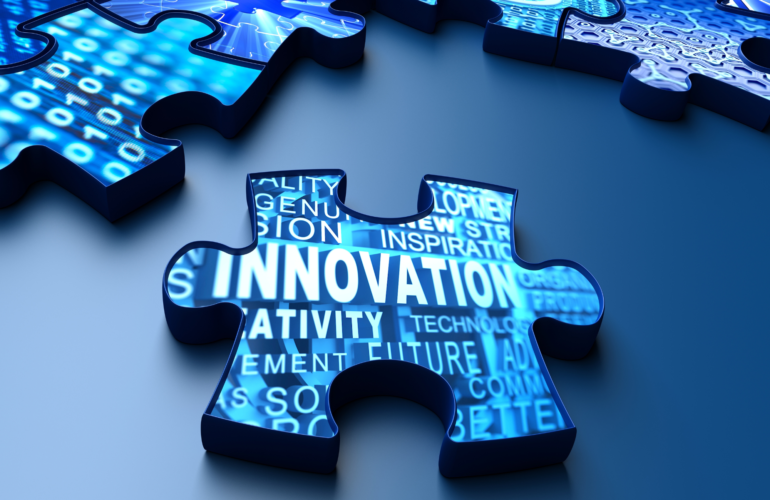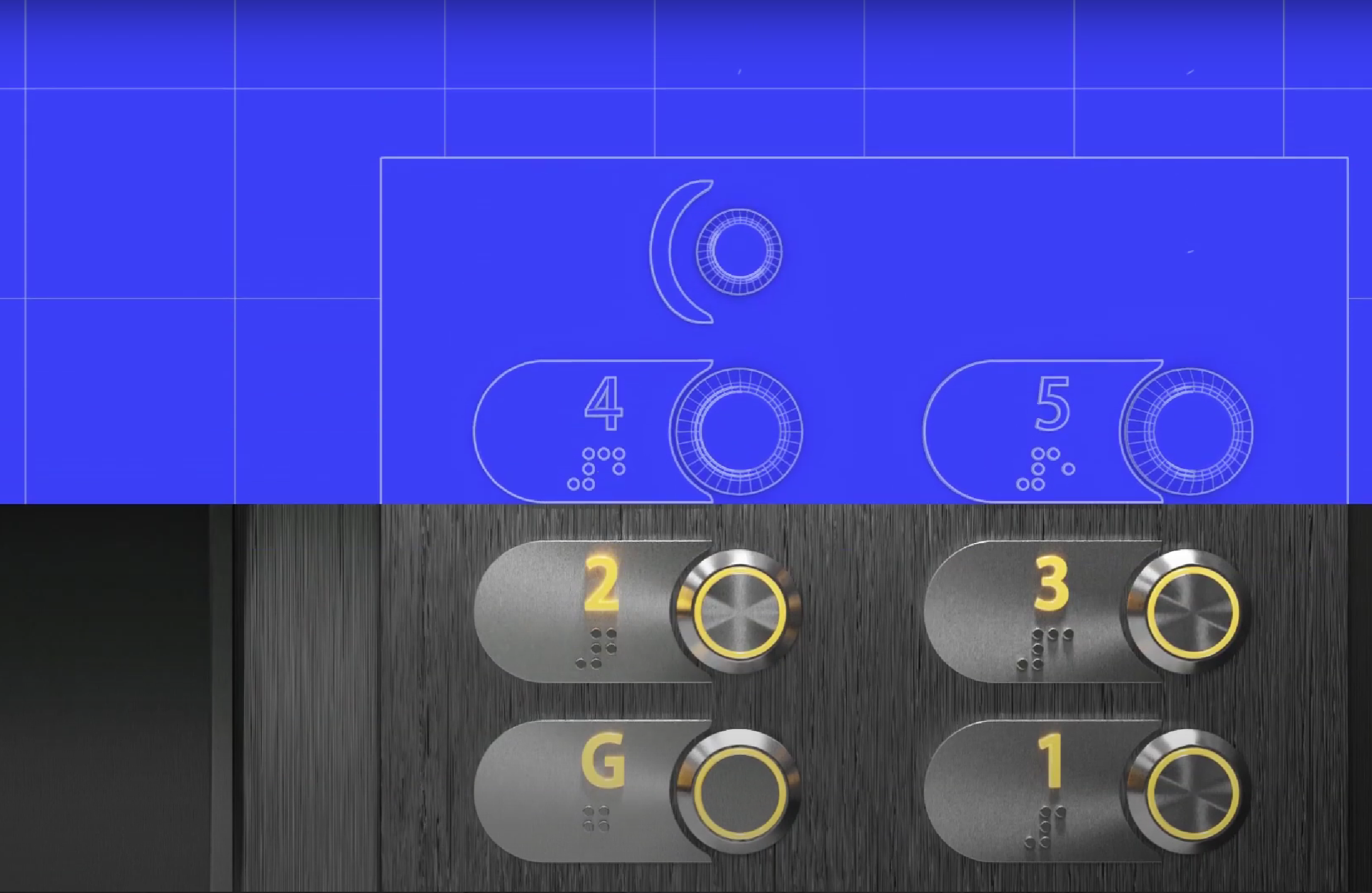Engineering Design Automation improving food safety and sustainability for the food industry
Engineering automation can provide numerous benefits to the food industry, including improvements in food safety and sustainability. By automating the engineering process, the industry can better control contamination during food and ingredient processing. This involves adhering to safety and hygiene regulations during the design or redesign of machines, taking into account the specific requirements of each location, size, and product.
Additionally, EDA (Engineering Design Automation) aid companies to match regulatory compliance as well and ensures that production processes are documented.
Another important aspect to consider is the safety of workers who operate the equipment. Just as parameters are established for food safety, rules are also created to maintain the safety of those who operate the machines. During the design of automation systems, new safety features such as doors, alarms, and lockers can be installed to monitor key parameters such as temperature and pressure in real-time. This ensures that food is processed under controlled conditions while also protecting the safety of workers.
High-quality food products can be achieved not only through safety measures but also by ensuring accurate measurement and control of ingredients. A well-configured equipment or system can achieve this, resulting in consistent and superior food products. This consistency is particularly valuable for companies that have established themselves in the market or are striving to do so. With a consistent product, clients receive the same high-quality food repeatedly, or even an improved version of it. Additionally, the configuration of these systems can monitor and control the entire production process, ensuring that each step meets the necessary specifications.
Sustainability is another crucial topic that has become a global trend and necessity. Automated systems can play a key role in reducing waste by optimizing the utilization of resources like energy and water, as well as reducing spoilage and waste during the production process. These systems can also help minimize food waste by ensuring that products are packaged and transported in a manner that reduces spoilage and waste. Investing in automation is an excellent way to drive innovation and growth in the food industry while also promoting sustainability.
The main countries where engineering automation is a focus are US as a leader, Germany that is known for its advanced manufacturing industry, Japan has a long history of automation as well as the Netherlands that is a leader in agricultural technology and automation and some others as Australia, Canada and China.
The Scandinavian Digital Team has experience in the food industry, with one of the most skillful teams in configuration and automation in the world, we can affirm that one of our clients saved at least 20.000 men hours last year and achieved consistency and a higher quality in at least 17 equipment.
Watch our industrial filter being configured, this is one of our products for the food industry to dry powder.








